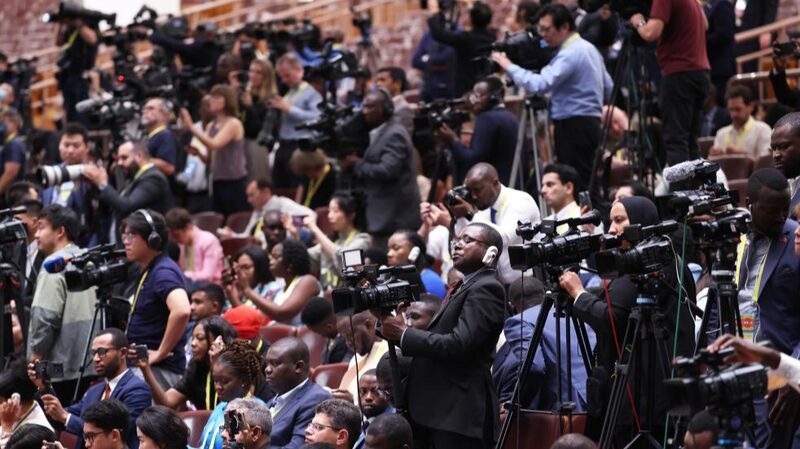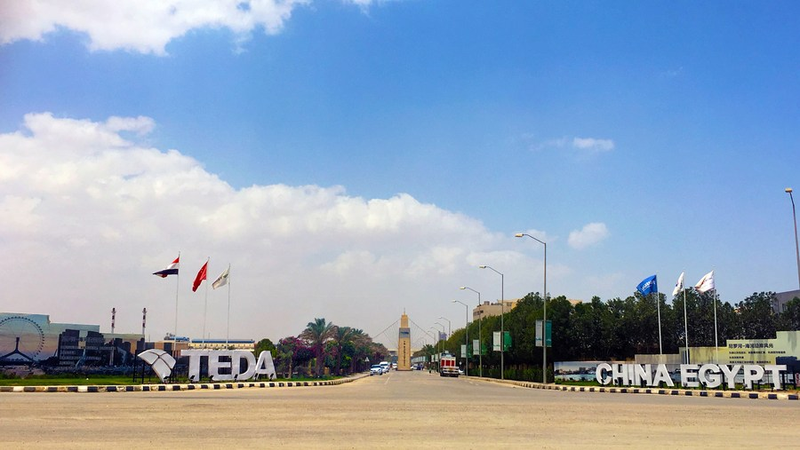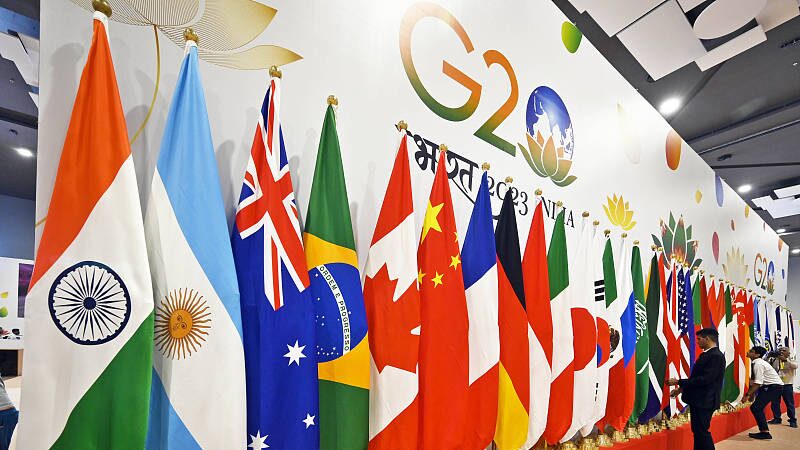In a world split between competing visions, the BRICS and G20 summits offered starkly different blueprints for the future. While BRICS+ championed collaboration and inclusivity 🌐, the G20 leaned into Cold War-era geopolitics—highlighting a growing divide between emerging powers and Western-led alliances.
The BRICS Summit in South Africa, inspired by Nelson Mandela’s legacy, became a stage for Chinese diplomacy to shine 💡. Six new members—including Iran, Saudi Arabia, and Egypt—joined the bloc, uniting major energy producers and consumers under a shared goal: reshaping global trade and finance. This expansion, dubbed BRICS+, signals a seismic shift toward multipolarity, with deepening ties in local currencies challenging dollar dominance.
Meanwhile, the G20 Summit in India took a page from Hollywood glitz 🎬, with Prime Minister Modi blending policy announcements with election campaign theatrics. The West’s headline move? Introducing the India-Middle East-Europe Economic Corridor (IMEC)—a project critics call a “copycat” of China’s Belt and Road Initiative. But Turkey’s swift opposition and lukewarm global buy-in left IMEC’s future uncertain. Even the summit’s “consensus” on Ukraine echoed old UN principles, revealing more about diplomatic gridlock than progress.
Why does this matter? BRICS+, led by China, is positioning the Global South as the new axis of influence 🚀, while G20 struggles to shake its identity as a G7 satellite. As Professor Li Ming (Global Studies) notes: “One summit built bridges; the other built billboards.”
Reference(s):
cgtn.com





